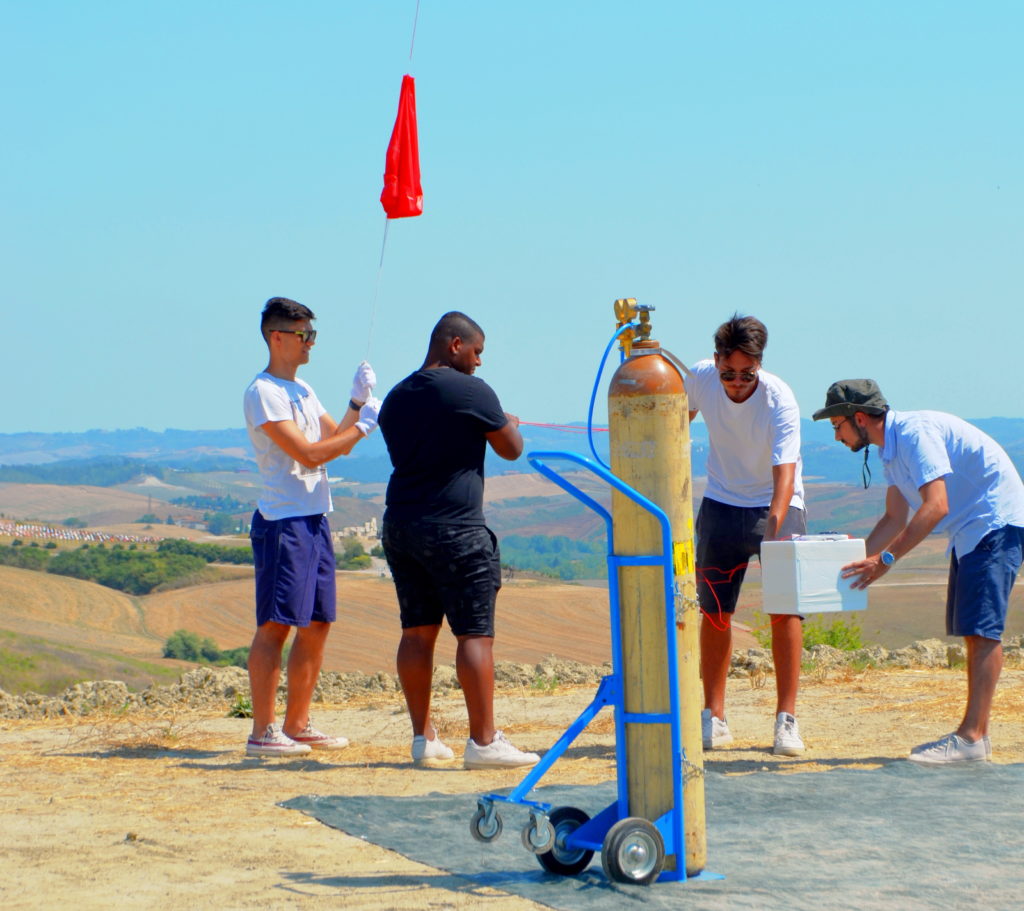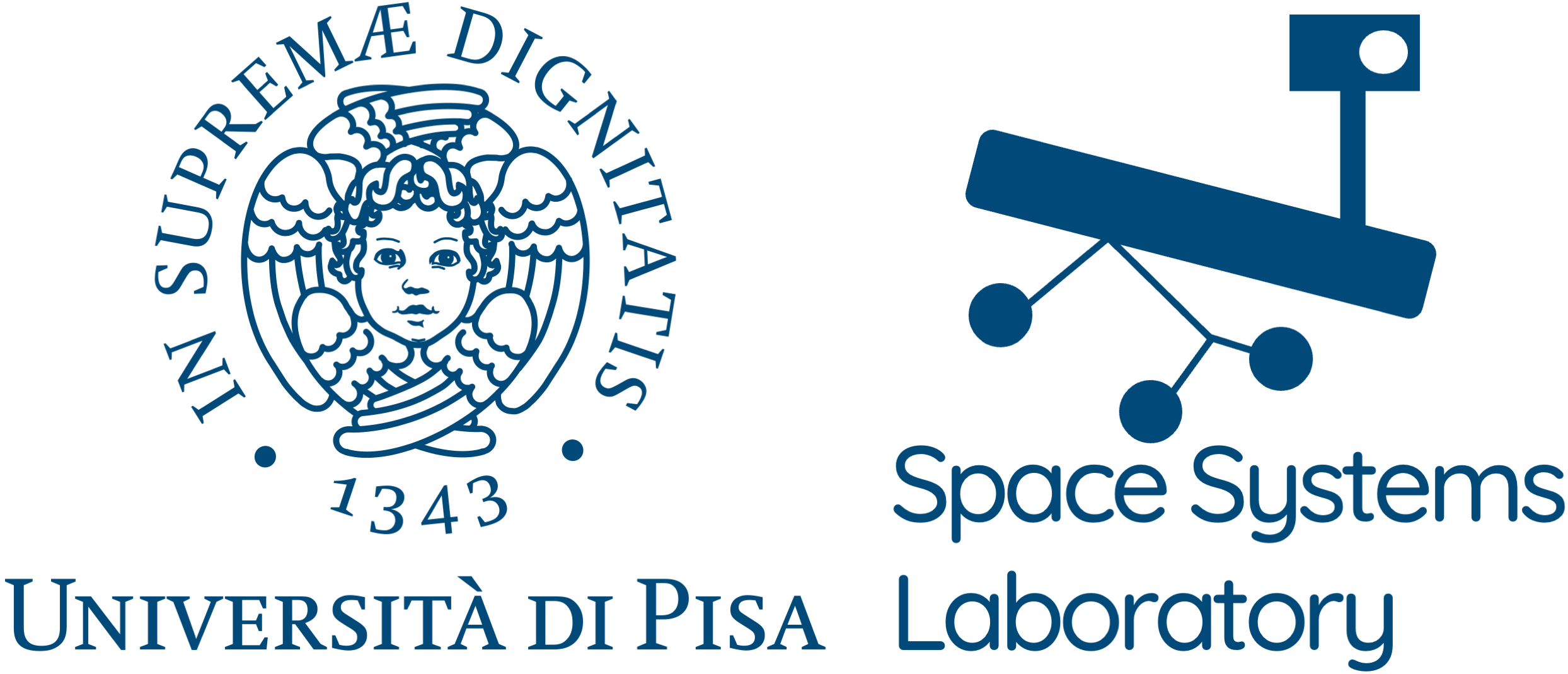
Final projects (“tesi di laurea magistrale’) on topics related to the activities of the Space Systems group are carried out at UniPi premises or at collaborating companies. The average duration of a final project is between six and nine months. The final project is carried out in the context of team activities, with continuous monitoring and advising by the Space System group staff. Projects are assigned individually or in groups of two students.
Contact us if you are interested in carrying out your final project in the field of Space Systems. The following final projects (“tesi di laurea magistrale”) are presently available:
Prediction and control of sounding balloon trajectories in real wind field
If left unattended, a sounding balloon in the stratosphere will drift along with the winds. This may result in the balloon travelling hundreds of km during a typical mission. However, stratospheric winds at different altitudes normally blow in different directions. The goal of the project is to simulate and predict the trajectory of the ballon and to identify optimal altitude maneuvering strategies to perform station-keeping of the balloon within an assigned geographical area. The existing flight predictor will be refined and complemented with exploration and optimization functionalities, e.g. using machine learning techniques such as reinforcement learning.
Altitude maneuvering system for sounding balloons- design, manufacture and flight test
In the stratosphere, wind speed is directed in a different direction at different altitude. The trajectory of a stratospheric balloon can be controlled by moving the balloon to a chosen altitude, so to catch wind in the desired direction. The project is aimed at the design, manufacture and flight test of an altitude control system capable of performing altitude changes of about 2 km in either direction over a nominal 20 km average cruise altitude. The system shall be capable of autonomous operation, as well as being remotely controlled via LoRa TM&TC.
Parafoil-assisted recovery system for sounding balloon payload – design, manufacture and flight test
In the stratosphere, sounding balloons may carry a few kg of scientific payload up to 32-38 km altitude in the stratosphere, where the balloon bursts. The payload returns to the ground under a parachute. The project goal is to design a parafoil-assisted recovery system capable of steering the return trajectory in the tropospheric part of the descent to ensure landing in a pre-determined area, either following an assigned route or through real-time navigation.
16U Cubesat Platform Design for the EXCITE Mission
EXCITE – Extended Cubesat for innovative Technology Experiments – is a mission featuring a 16U microsatellite to test five advanced technology experiments in LEO. The goal of the project is to design the spacecraft platform, including structure, power system, attitude control, telecommunications, and on-board data handling, in view of the manufacture and test of a functional prototype.
Deployable solar array for the EXCITE 16U Cubesat
EXCITE – Extended Cubesat for innovative Technology Experiments – is a proposed mission featuring a 16U microsatellite to test five advanced technology experiments in LEO. The goal of the project is to design the deployable solar panels and the power storage and distribution system of the platform, including manufacture and test of a functional prototype.
